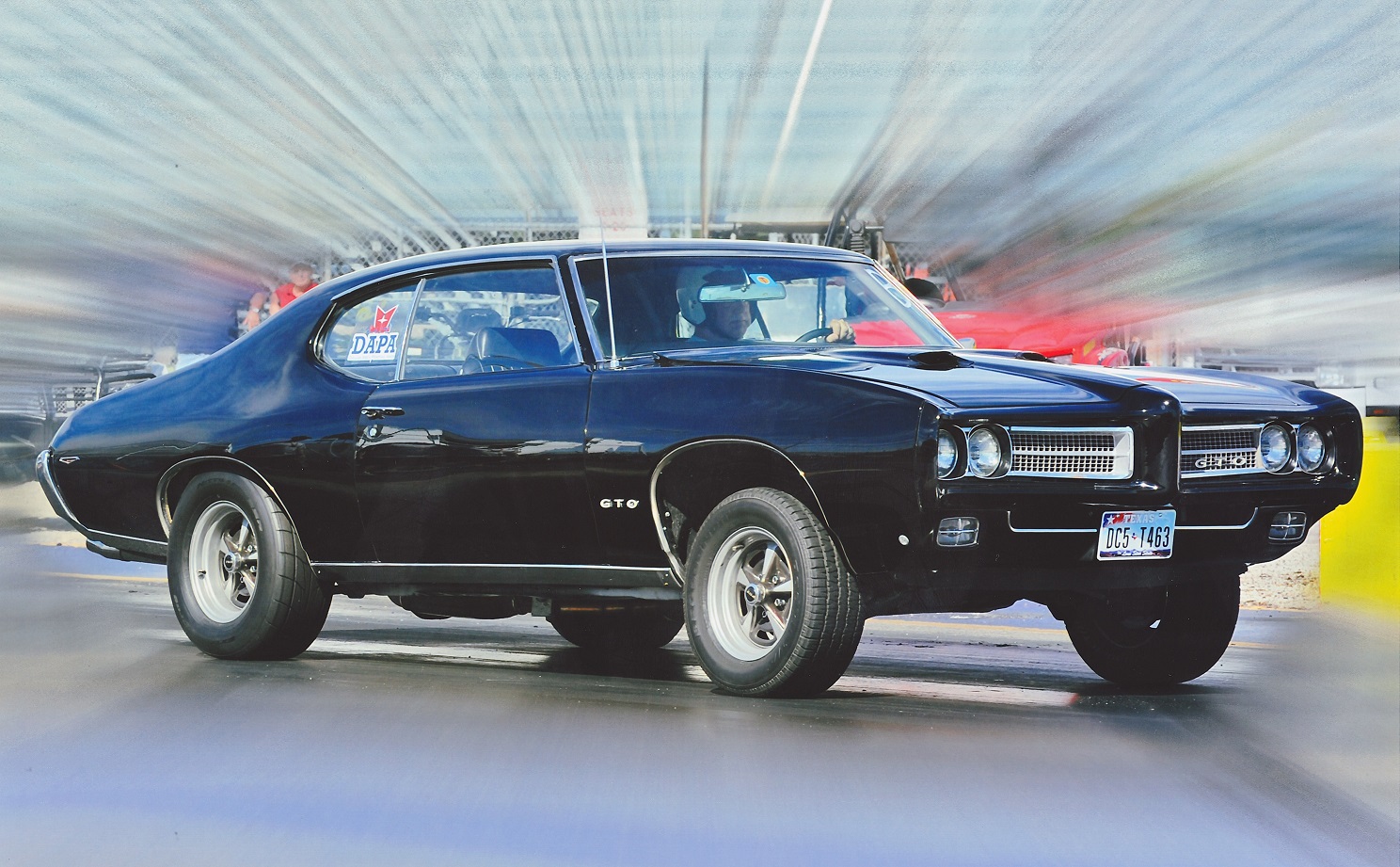Building a Strong Street Machine – Part 1: Introduction
- March 1st, 2010
- Posted in Jim Hand: Building A Strong Street Machine . Technical Articles
- By D.A.P.A
- Write comment
This series was prepared over a 2-3 year period for our local Clubs.
As we obtained newer or more accurate information, it was incorporated in later articles. Accordingly, if you note any conflict of information in this series, use the latest. This is a collection of information that the writer and his advisors have accumulated over the years in actual Pontiac tuning, modifying, and racing. We won’t tell you how to build race cars but we will describe how you can make your street car perform better than many “race cars”. We will discuss how basic components like camshafts, intake manifolds, and exhaust systems interact and what happens when you change them.
The local newspaper, Kansas City Star, ran the results of a bracket race, and one of the local club members, Verne Howard, won the trophy class with his ’77 Can Am with times of 14.901/90.9 on a 14.90 dial.
A few comments about Verne’s car are in order. At first glance, 14.90 at 91 MPH might not sound very impressive. However, Verne’s ’77 CAM AM with driver weighs 4300 – 4400 pounds, and his 400 engine is low compression, has the less effective low rise intake manifold, and is essentially stock. The car has a 3.08 gear ratio. The same engine in a 64/65 A body car weighing 3700 – 3800 pounds would propel it to approximately 14.40 at 96/97 MPH. Why does it run so well? Verne did a series of practical and low cost checks and modifications. He first made sure the engine was in good mechanical condition. As the original cam was worn and a stock replacement was not available, he installed a Pontiac grind (067 – the original cam for stock GTOs and 2+2s) that was closest to his original. The carb and distributor were checked and rebuilt and a slightly modified advance curve was installed in the distributor. A dual exhaust system consisting of RAM-AIR exhaust manifolds, Walker Super Dynomax mufflers, and 2 1/4″ pipes was installed. For the race, a pair of good traction street tires was installed. One evening of practice and tuning and Verne is now a trophy winner.
In our upcoming features, we will explain why simple changes like Verne made are so effective and why most after market speed parts generally don’t work very well on street Pontiacs. Again, we will not attempt to describe Pontiac race engine construction but will focus on how to get great performance from your street cars at the lowest cost.

